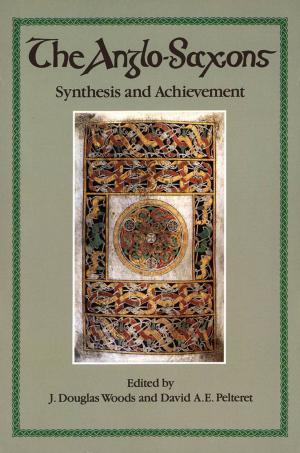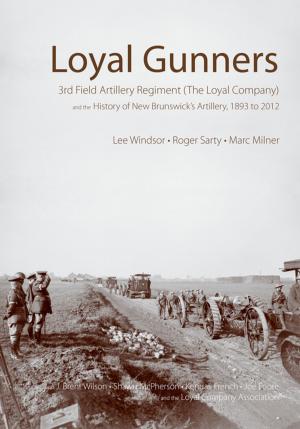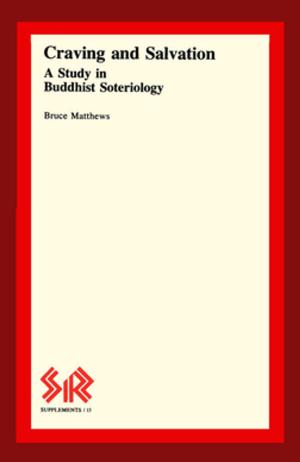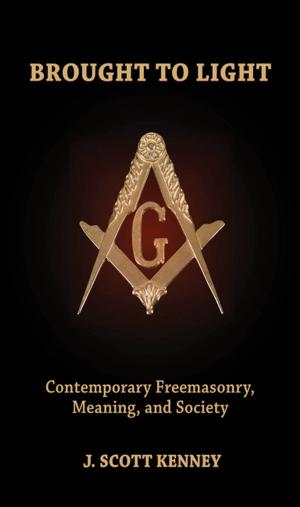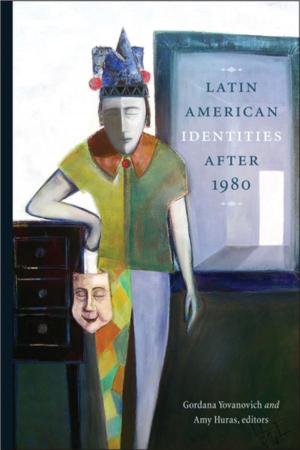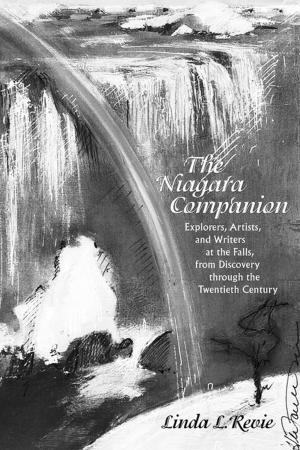Tell el-Hesi
Modern Military Trenching and Muslim Cemetery in Field I (Strata I-II)
Nonfiction, Religion & Spirituality, Reference, Antiquities & Archaeology, Social & Cultural Studies, Social Science, Archaeology| Author: | Lawrence E. Toombs | ISBN: | 9781554588046 |
| Publisher: | Wilfrid Laurier University Press | Publication: | October 31, 1985 |
| Imprint: | Wilfrid Laurier University Press | Language: | English |
| Author: | Lawrence E. Toombs |
| ISBN: | 9781554588046 |
| Publisher: | Wilfrid Laurier University Press |
| Publication: | October 31, 1985 |
| Imprint: | Wilfrid Laurier University Press |
| Language: | English |
Tell el-Hesi, located in southern Israel at the juncture of the Negev Desert and the foothills of the Judean Mountains, provides an excellent opportunity for the archaeological study of the impact of a variety of physical environments on the peoples who inhabited a single site. The site has been occupied at various times from the Early Bronze Age through to the military trenching of 1948. Level one revealed the modern military trenching. Level two contained a Muslim cemetery that the author has dated to the period 1600—1800 A.D. This work analyzes the military trenching and provides the first statistical analysis of an entire cemetery in this geographic region. Using a computer code to analyze numerous attribute describing the burial cysts, skeletal data, and grave goods, the author has developed a typology of burials and drawn conclusions about the community which they represent.
More than eighty photographs of individual burials and burial goods in addition to tables, plans, and section drawings illustrate the text.
The methodology employed in this work makes it a valuable source of information for archaeologists investigating burials in any cultural context. The broader audience of anthropologists interested in burial customs will also find the book useful.
Tell el-Hesi, located in southern Israel at the juncture of the Negev Desert and the foothills of the Judean Mountains, provides an excellent opportunity for the archaeological study of the impact of a variety of physical environments on the peoples who inhabited a single site. The site has been occupied at various times from the Early Bronze Age through to the military trenching of 1948. Level one revealed the modern military trenching. Level two contained a Muslim cemetery that the author has dated to the period 1600—1800 A.D. This work analyzes the military trenching and provides the first statistical analysis of an entire cemetery in this geographic region. Using a computer code to analyze numerous attribute describing the burial cysts, skeletal data, and grave goods, the author has developed a typology of burials and drawn conclusions about the community which they represent.
More than eighty photographs of individual burials and burial goods in addition to tables, plans, and section drawings illustrate the text.
The methodology employed in this work makes it a valuable source of information for archaeologists investigating burials in any cultural context. The broader audience of anthropologists interested in burial customs will also find the book useful.

